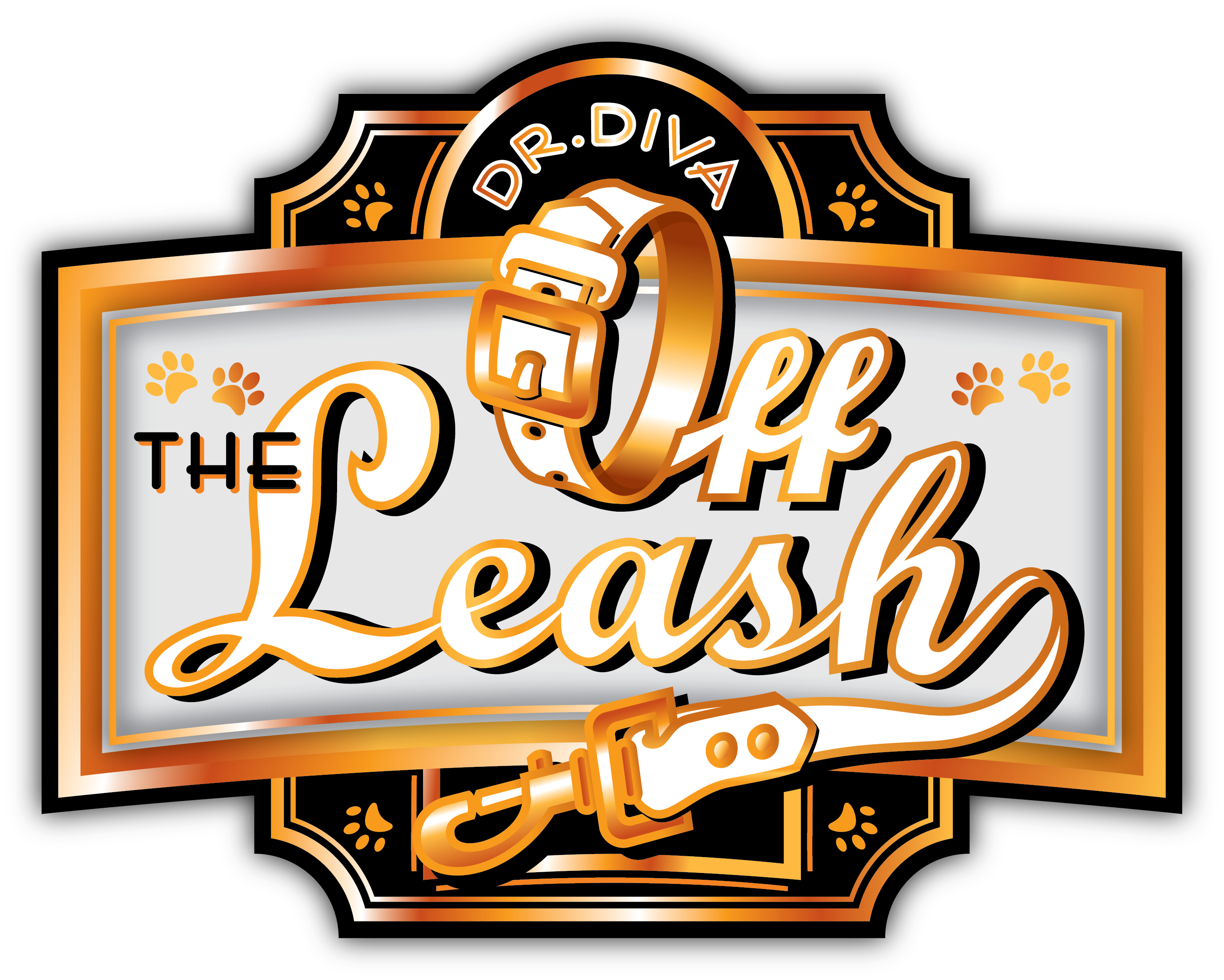
Teeth are like icebergs. They vary in size, shape, and allow many hiding places within the peaks and valleys. What you see on the surface of an iceberg, doesn’t always equate to what is under water. Just like icebergs, greater than half of the tooth is located below the gum surface, meaning it is not visible to you and me. Let’s learn from the Titanic’s mistake and take this seriously. There are opportunities for disease to lie out of sight hidden below gums and within bone in the mouth.
Routine dental scaling and polishing procedures are recommended in dogs and cats, just like people. Unlike in human medicine, dogs and cats must be fully anesthetized in order to have a thorough evaluation/preventative care of their mouth. Wouldn’t it be great if they could sit in a chair and say “Ah”? Veterinarians also recommend at least one method of preventing plaque and tartar buildup at home, such as brushing a pet’s teeth, using a water additive, or providing dental chews. More information on the many dental health preventatives will be discussed in a later article.
Teeth that have had disease present for an extended period of time begin to spread infection and destroy surrounding tissue. This can be detrimental to your pet’s health in many ways.
Recently, a patient presented with teeth that were overdue for a routine dental cleaning procedure at our hospital. X-rays taken at the beginning of the procedure showed several teeth that needed to be removed. When we removed the diseased teeth, we discovered a hidden horror below the gum surface behind the teeth that we extracted. This hidden horror is called an oronasal fistula which means that there was a hole present from this patient’s nasal cavity into their mouth. Reconstructive surgery was performed to fix this concern which could cause the pet to be prone to lung infections or aspirate food/water.
Oronasal Fistula — Before Repair

Oronasal Fistula — After Repair

This patient responded extremely well to her oral reconstructive procedure and has made a full recovery! Luckily, we’ve uncovered this patient’s dangers lurking below her icebergs — does your pet have these same concerns?

